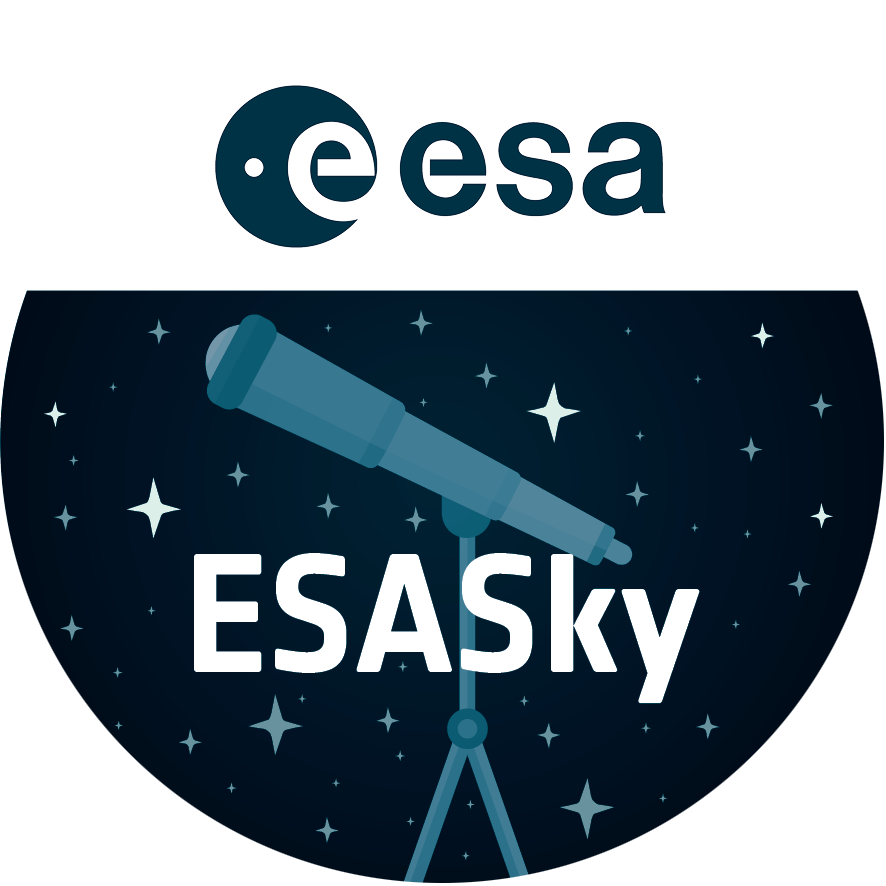
+3
Planned
Visualize predicted footprints from planning data
Most observatories plan their upcoming observations at least several weeks in advance. There are discussions ongoing to have such planning data published not only via Web pages, as currently, but also in a form that could be easily parsed by software.
Once that were available it would be interesting, especially for multi-wavelength campaigns to have a time-filtered view of theoretical footprints from observatories participicating in such a scheme. Note that this might require a generalisation as it is not clear yet how detailed such planning data would be, when published (e.g., does it precise the spacecraft rotation?).
This is a long-term idea, for the time when such interfaces exist.
Customer support service by UserEcho


Dear Peter,
Jesús just presented the idea and Aitor's presentation at the IVOA interop meeting in Santiago de Chile and it was automatically accepted by all participants. Moreover, the representative from LSST said they want to participate to this development because they have a requirement to make their planning info available to the users somehow and this would allow to do that very easily. All this gives thrust to the idea so we might be able to make more progress soon on it..
Bruno
Hi Bruno,
right now I do not have the kind of example ready, that I would like for a machine interface. We have just started to get serious about this after a lot of interest on such topics at this small workshop which Erik Kuulkers attended. http://www.srl.caltech.edu/synergy2017
But maybe in a copuld of weeks, I will have more. The basic idea is to take the basic information (observatory, target coordinates, start/end times), that is published, e.g., in
https://www.cosmos.esa.int/web/integral/schedule-information
https://www.cosmos.esa.int/web/xmm-newton/short-term-schedule
http://www.srl.caltech.edu/NuSTAR_Public/NuSTAROperationSite/Schedule.php
[...]
and have everyone publish this in a standardised, structured format (JSON?) which then could be queried and retrieved for any kind of visualisation and use.
Regards,
Peter
Thanks Peter, could you give us some example of an observatory that publishes their future planning to look into it?